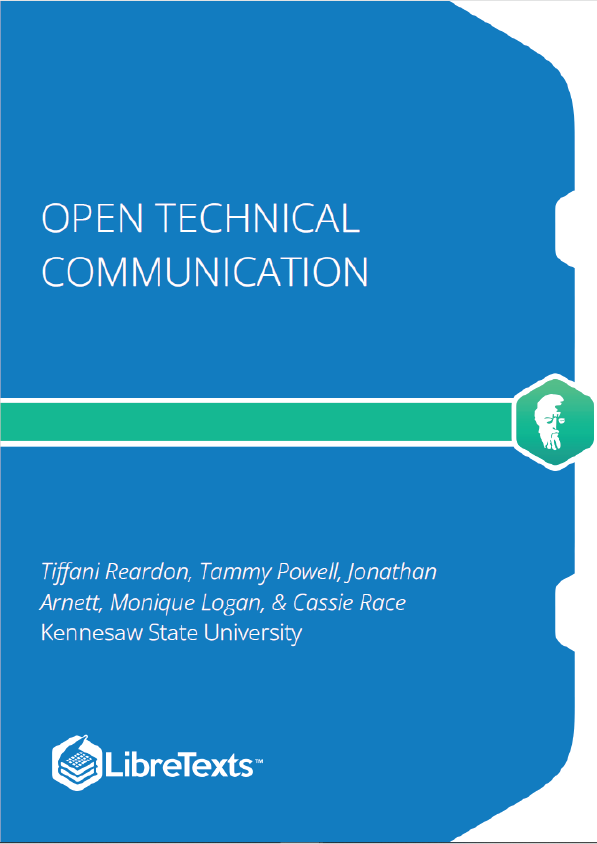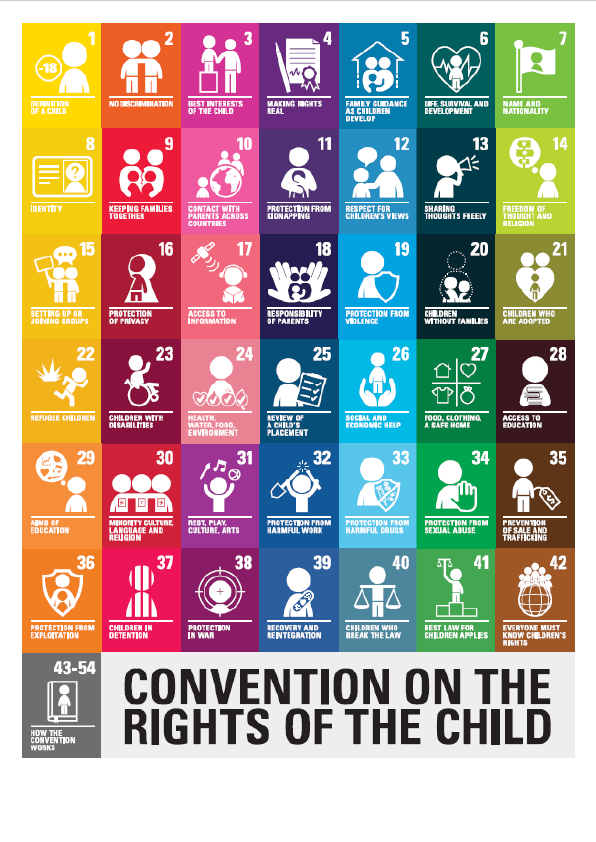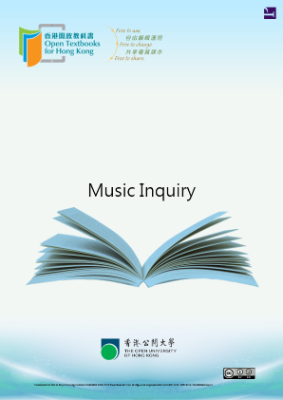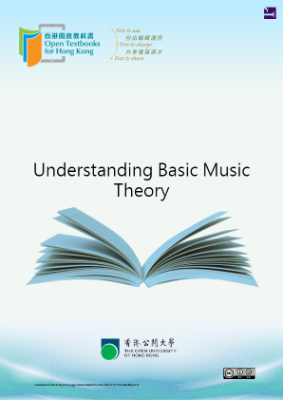In this text, the word “document” refers to any of the many forms of technical writing, whether it be a web page, an instruction manual, a lab report, or a travel brochure.
Technical communication is the process of making and sharing ideas and information in the workplace as well as the set of applications such as letters, emails, instructions, reports, proposals, websites, and blogs that comprise the documents you write. The Society of Technical Communications (STC) defines technical communication as a broad field that includes any form of communication that is about technical or specialized topics, that uses technology such as web pages or help files, or that provides instruction about how to do something. (n.d.)
Specifically, technical writing involves communicating complex information to a specific audience who will use it to accomplish some goal or task in a manner that is accurate, useful, and clear. Whether you write an email to your professor or supervisor, develop a presentation or report, design a sales flyer, or create a webpage, you are a technical communicator.
Where does it come from?
According to the STC (n.d.), technical communications origins have actually been attributed to various eras dating back to Ancient Greece (think Rhetoric!) and to the Renaissance, but what we know today as the professional field of technical writing began during World War I from the need for technology based documentation for military and manufacturing industries. As technology grew, and organizations become more global, the need and relevance for technical communication emerged, and in 2009, the U.S. Bureau of Labor Statistics recognized Technical Writer as a profession (STC).
What does technical communication or workplace writing look like?
Check out this page from the U.S. Environmental Protection Agency about climate change. Who is the target audience? What information does this document provide? What task or goal will it help to accomplish? What elements of this document do you think make it useful? Does it solve a problem? What about the style of the writing in this government document? Is it concise and accurate? This is just one example of the many kinds of technical documents you will work with in this course.
Be sure to notice the annotations in the margins of the document. Do you agree that this is an effective document? Read on for further discussion about the characteristics of technical writing.
Good communication skills, particularly in writing, are essential if you are going to succeed in the workplace. The working world depends on written communication because within modern organizations, almost every action is documented in writing. Furthermore, many kinds of writing, including correspondence, presentations using visuals like PowerPoint, technical reports, and formal reports are prevalent in most workplaces. And the writing has to be good, accurate, clear, and grammatically correct. Kyle Wiens (2012) writes in an article in the Harvard Business Review: “If you think an apostrophe was one of the 12 disciples of Jesus, you will never work for me. If you scatter commas into a sentence with all the discrimination of a shotgun, you might make it to the foyer before we politely escort you from the building. I have a zero tolerance to grammar mistakes that make people look stupid.”











